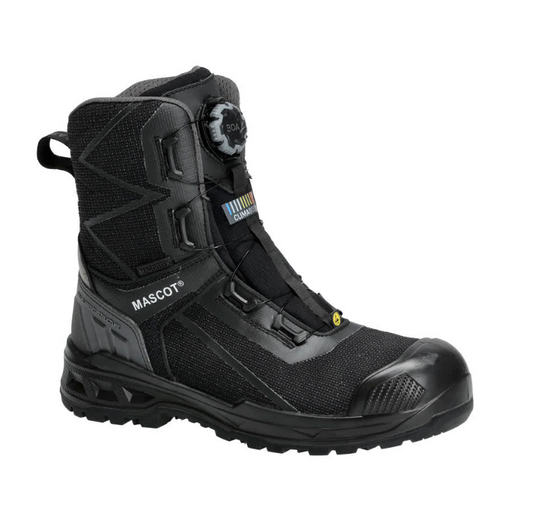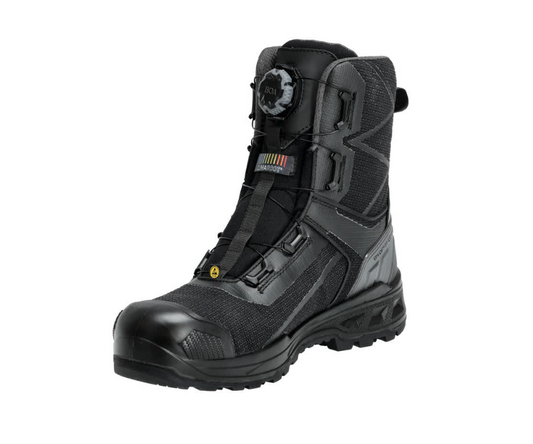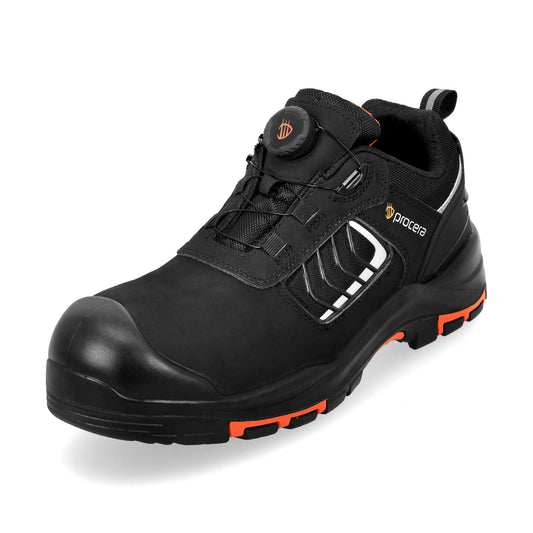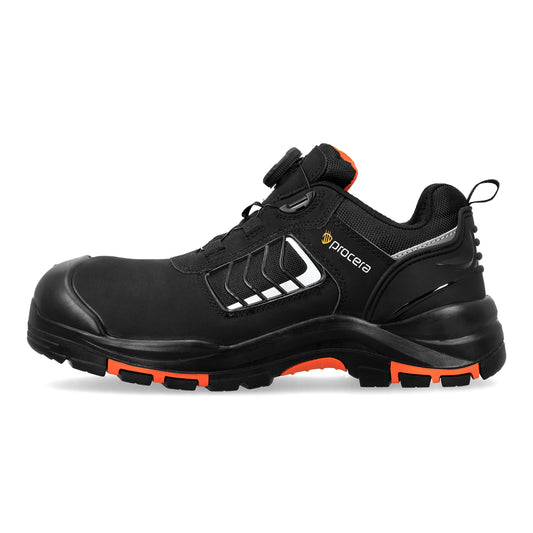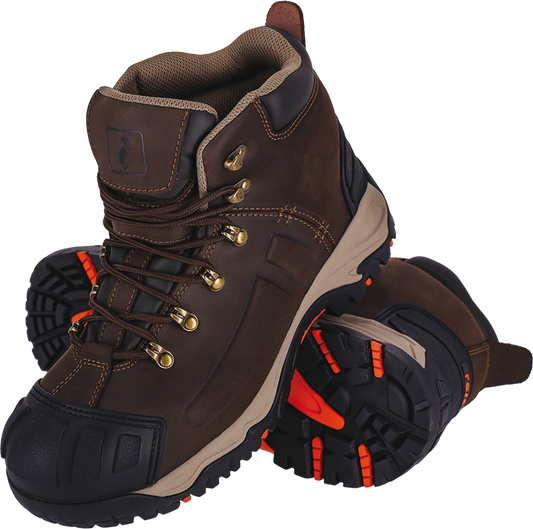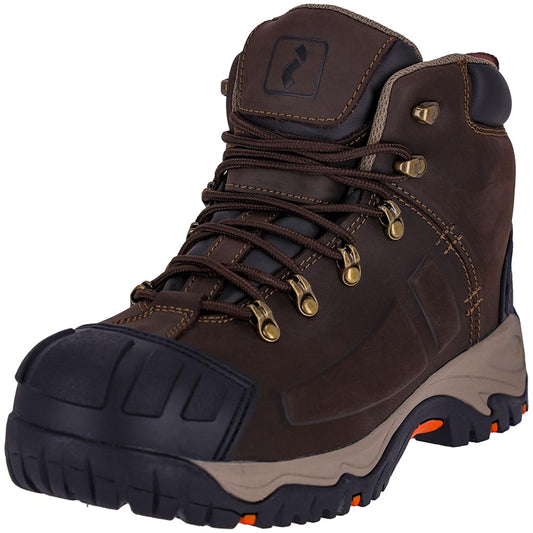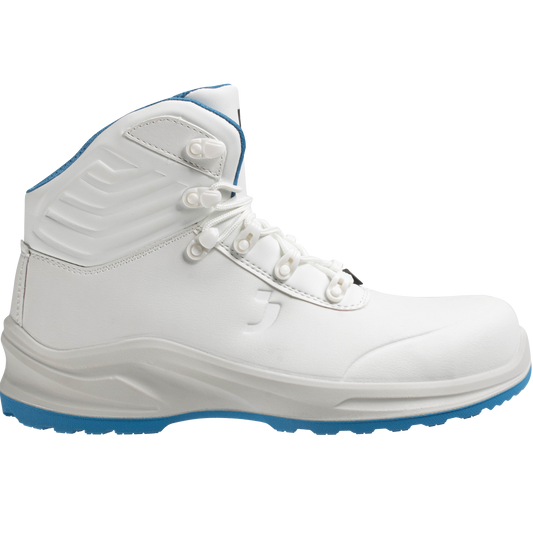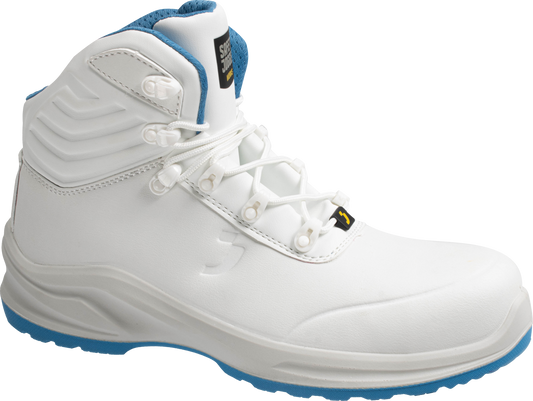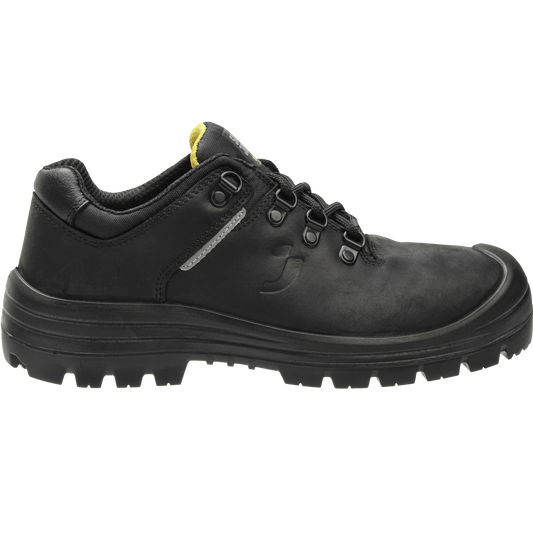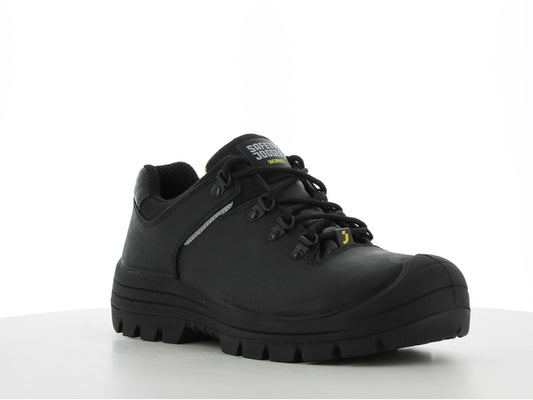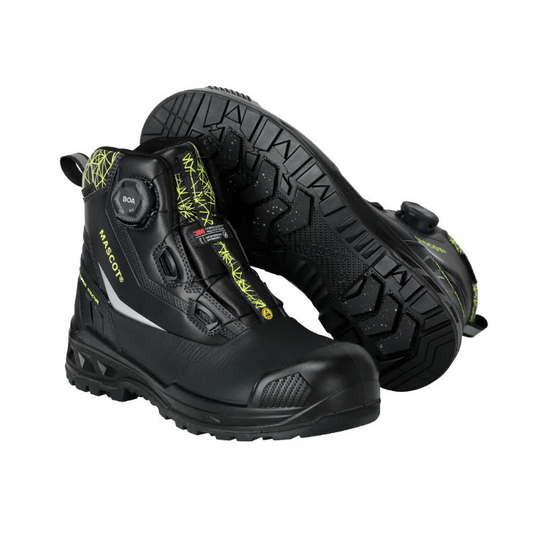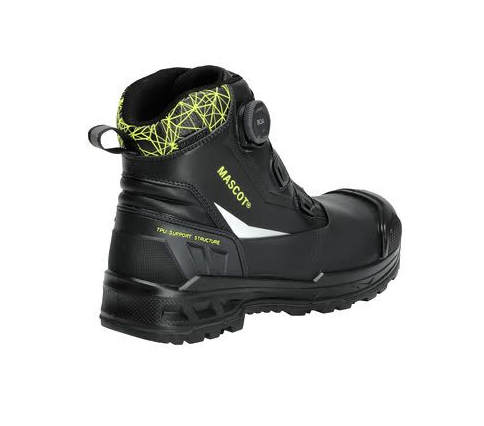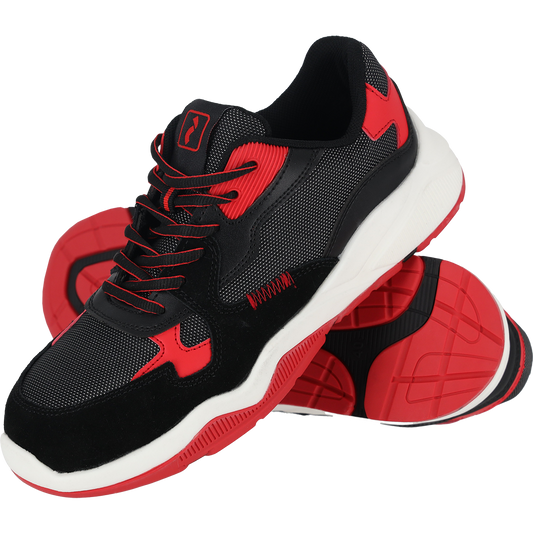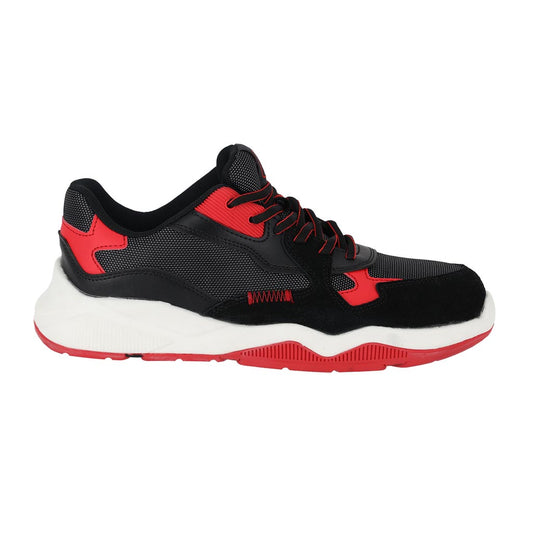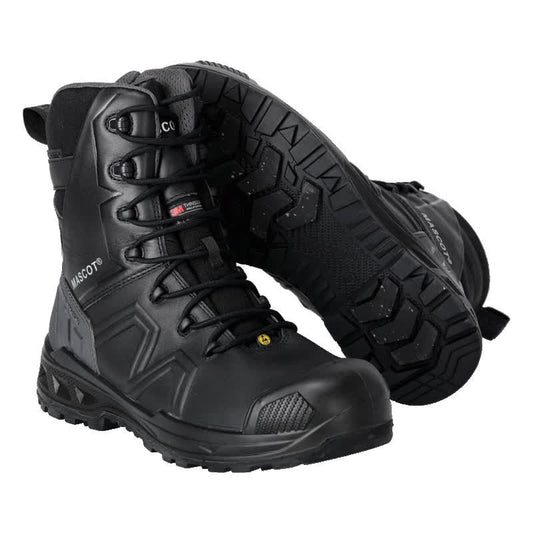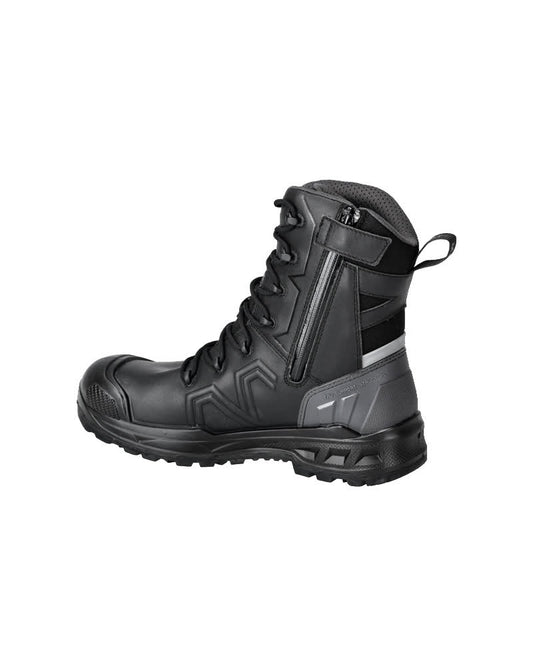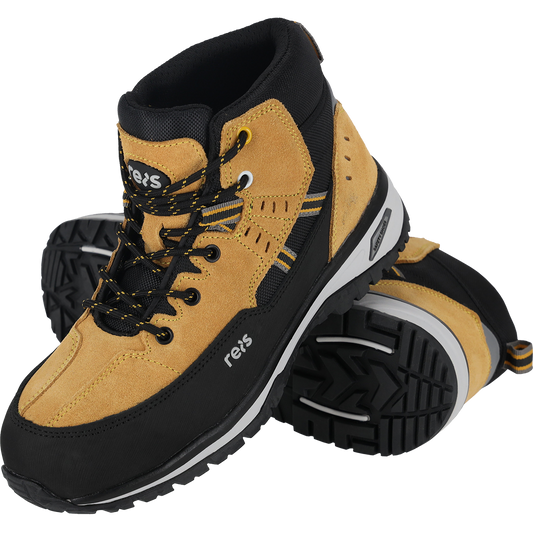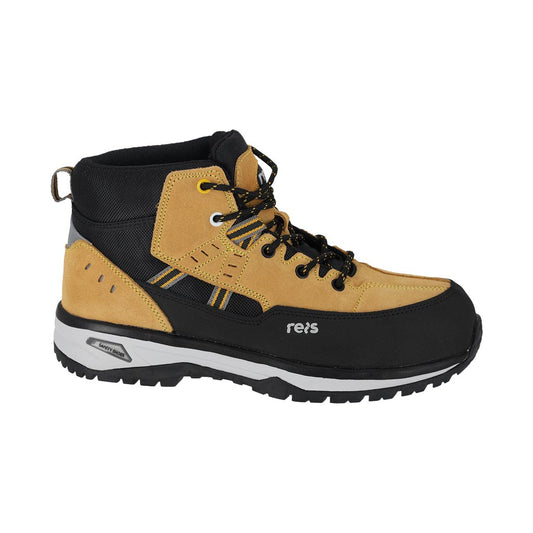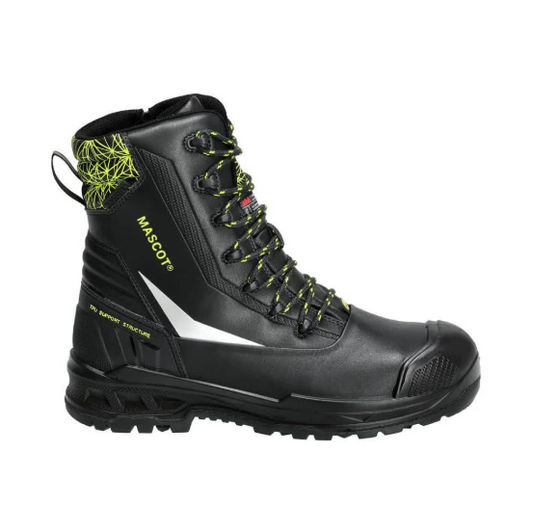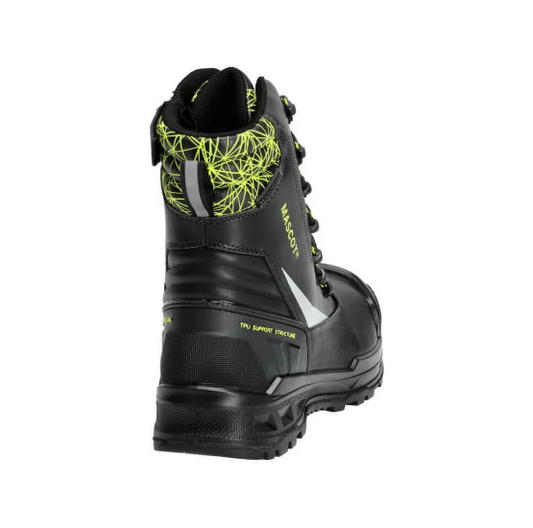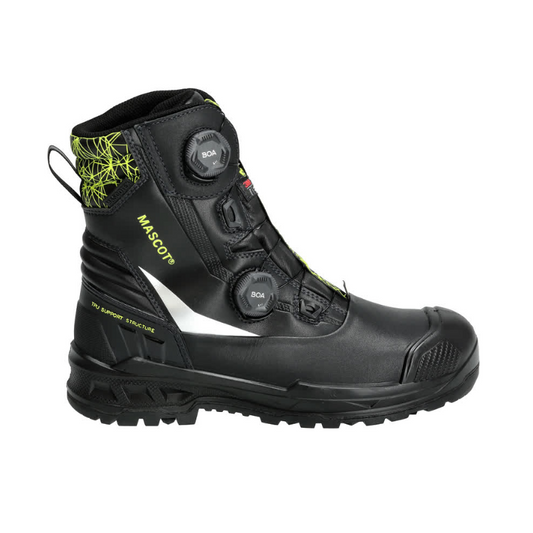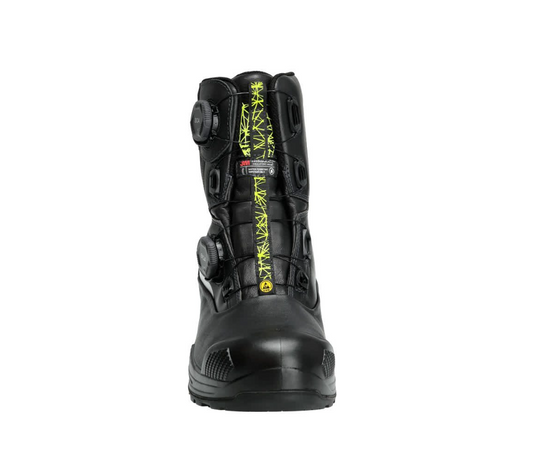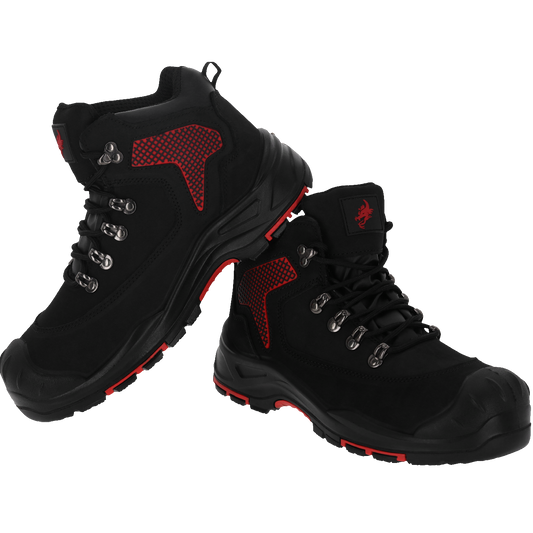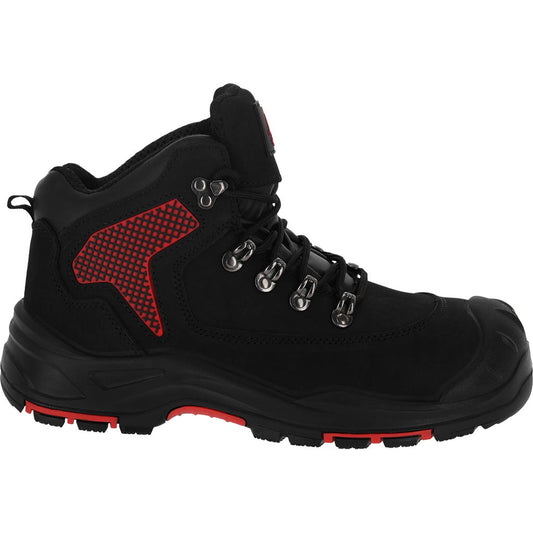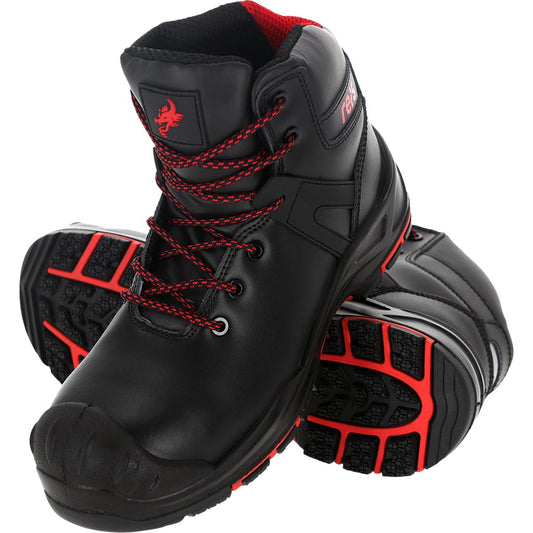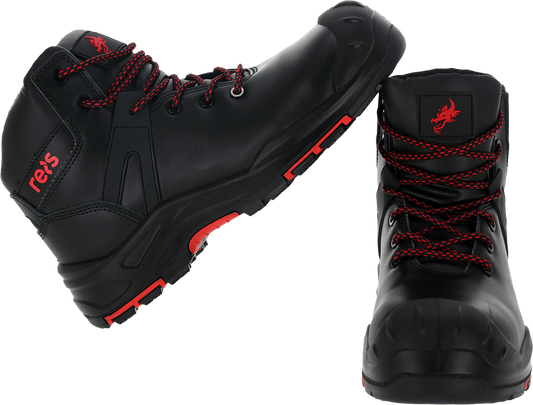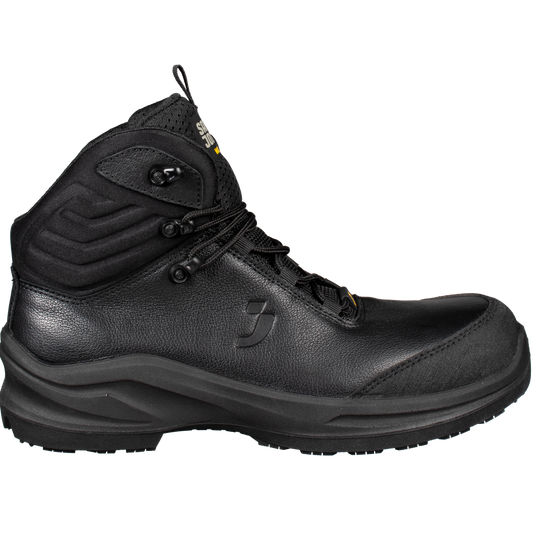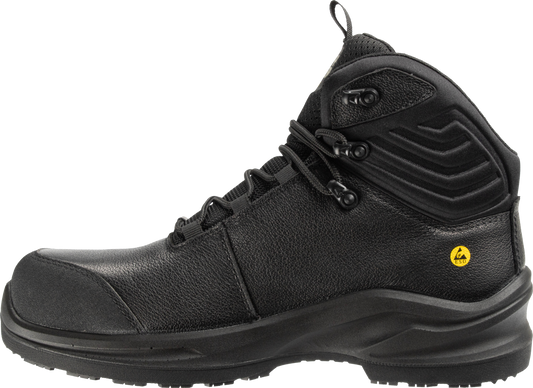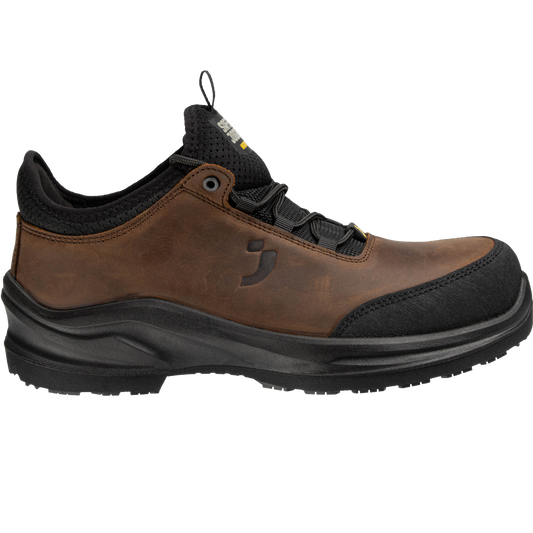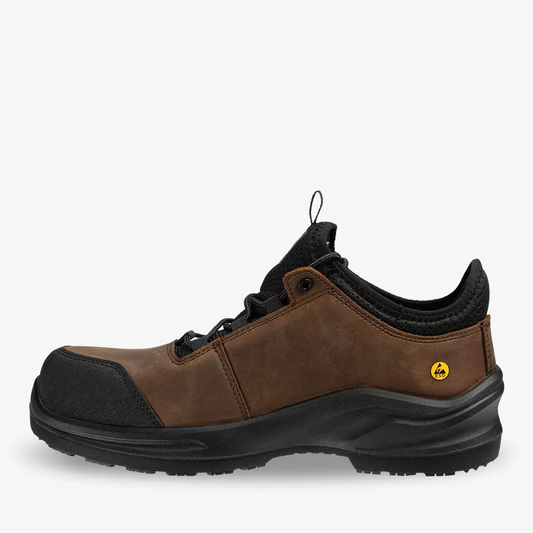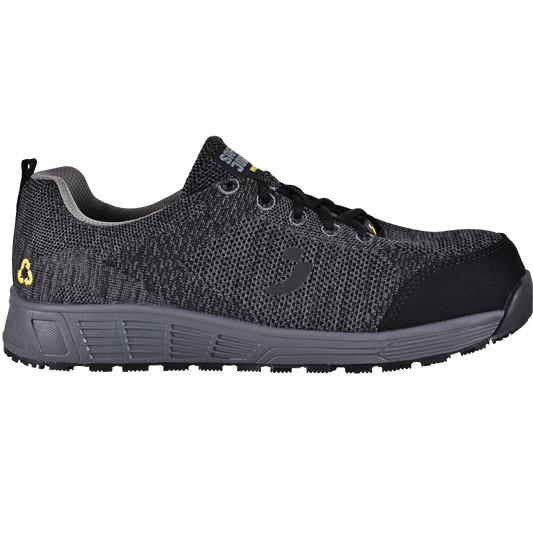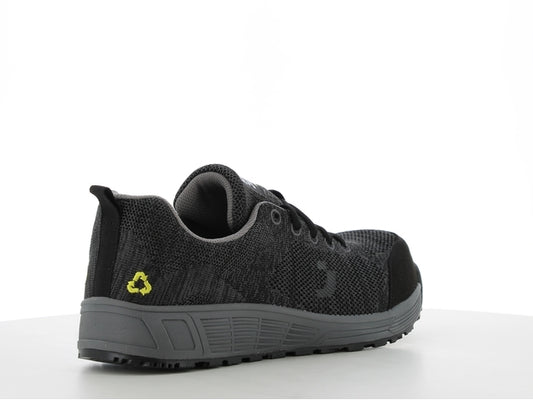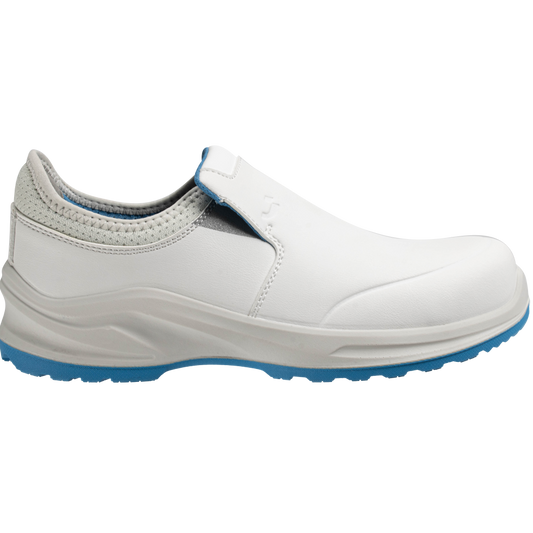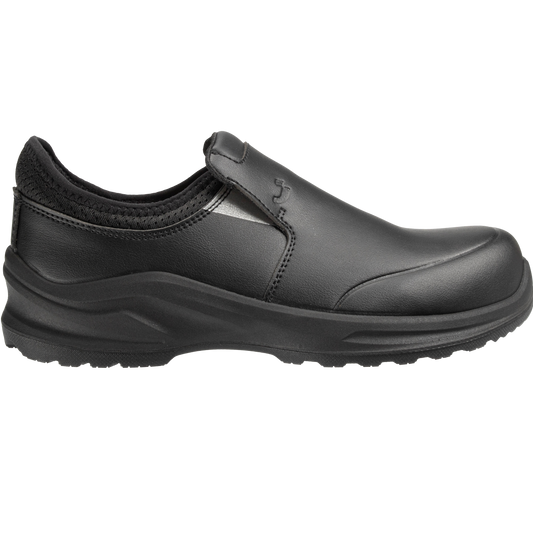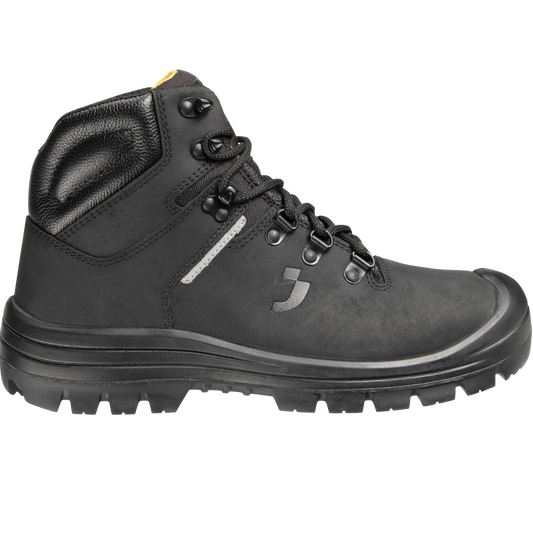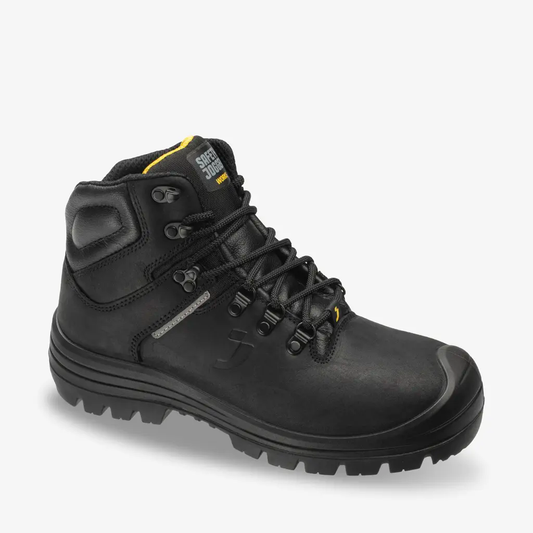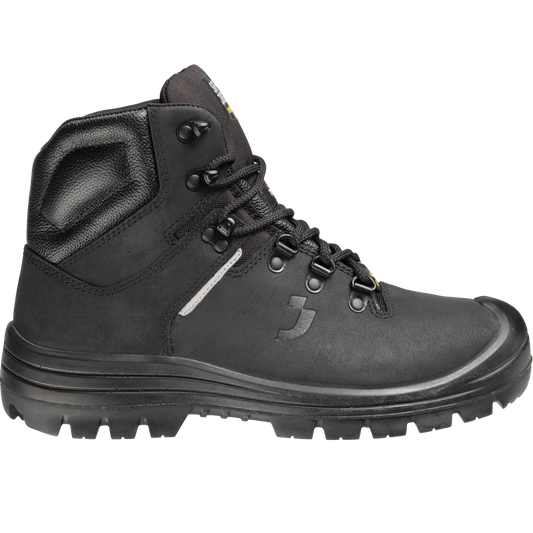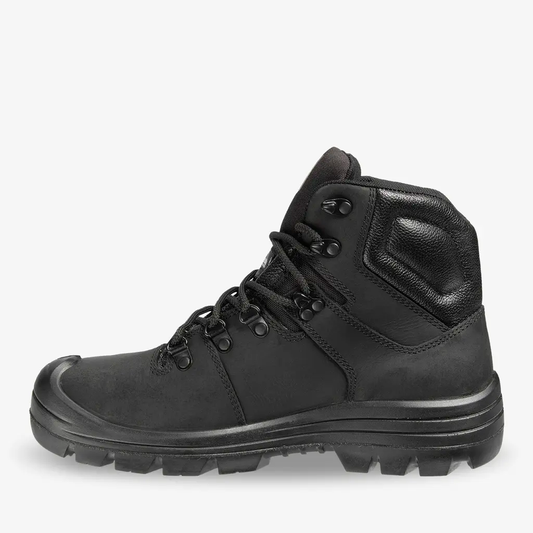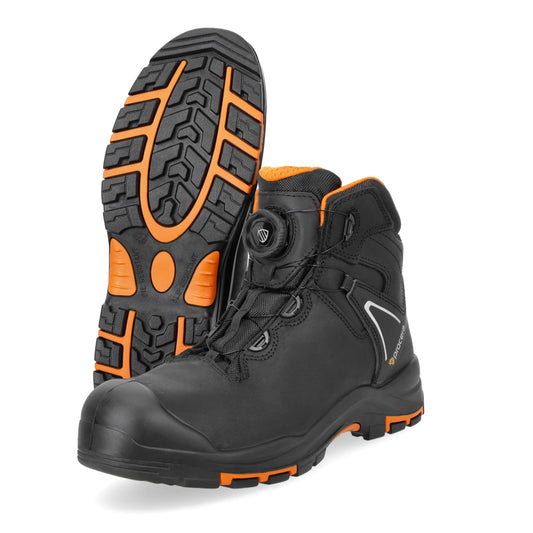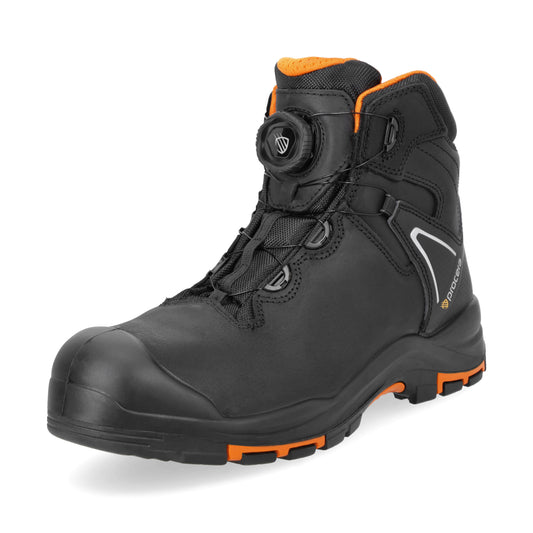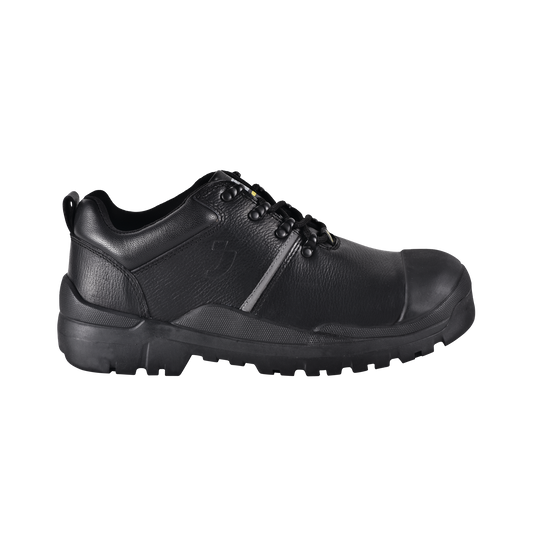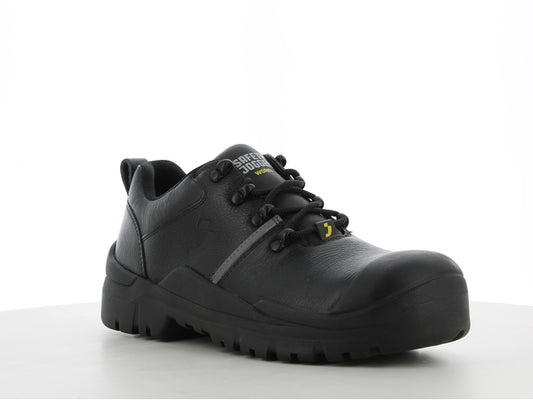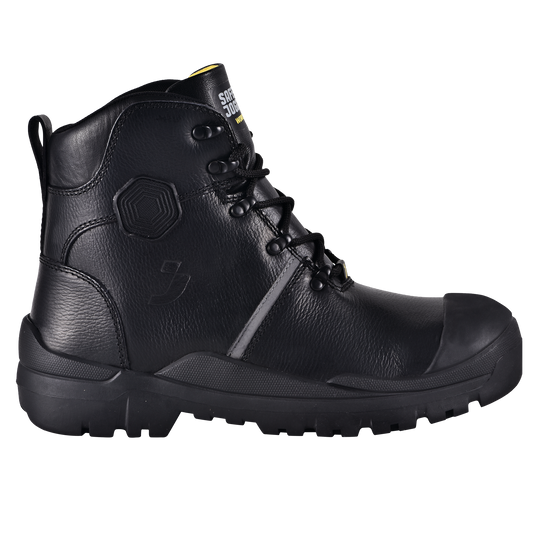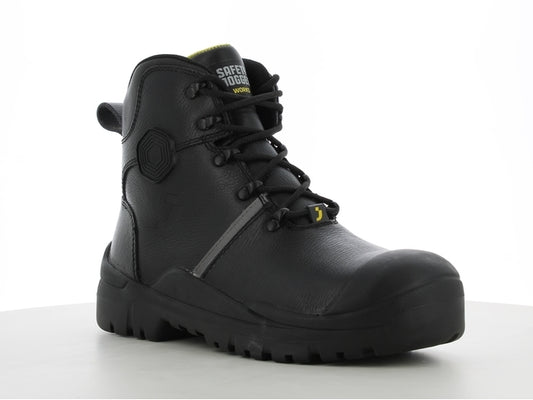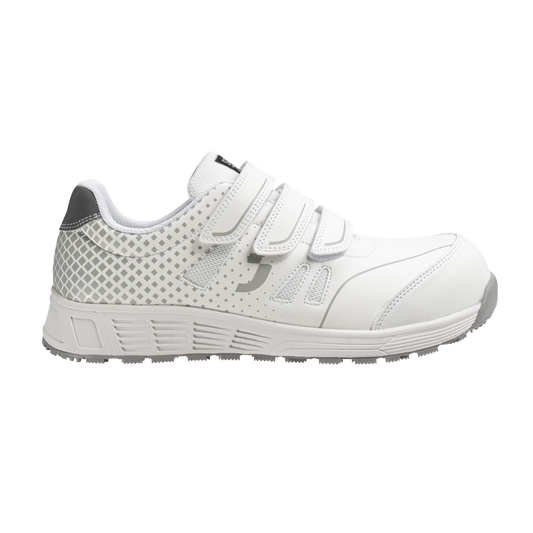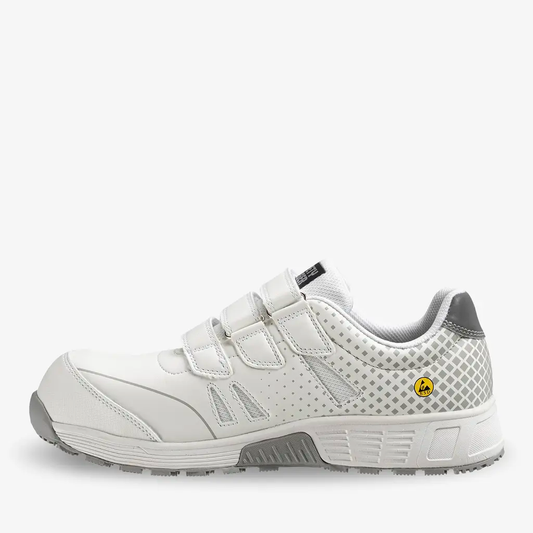-
Darbo batai CATERPILLAR POWERPLANT S3 HRO SRA, rudos spalvos
Regular price 145,90 € su PVMRegular pricethe unit price per -
Žieminiai darbo batai MASCOT S7S, F1104-938, su greito užveržimo BOA Sistema
Regular price 299,90 € su PVMRegular pricethe unit price per -
Winter boots COMPOSITE
Regular price 79,00 € su PVMRegular pricethe unit price per -
Neperšlampantys, apsaugoti nuo smūgių ir pradūrimo darbo batai Safe Hewer S7L
Regular price 107,00 € su PVMRegular pricethe unit price per -
Ypatingai patogūs ir kokybiški odiniai darbo batai MODULO PURE WHITE MID, S3S SR HI CI SC ESD FO
Regular price 89,90 € su PVMRegular pricethe unit price per -
Aukštos apsaugos klasės ypatingai tvirti darbo batai VESUVIO S3 LOW, S3 SRC CI HRO FO
Regular price 89,90 € su PVMRegular pricethe unit price per -
Itin atsparūs darbo batai MASCOT S7S, F1302, su greito užveržimo BOA Sistema
Regular price 284,90 € su PVMRegular pricethe unit price per -
Sportinio stiliaus darbo batai SCALA S1 SR FO HRO, su pirštų apsauga
Regular price 64,90 € su PVMRegular pricethe unit price per -
Žieminiai darbo batai MASCOT S7S, F1107-902-09
Regular price 249,90 € su PVMRegular pricethe unit price per -
Odiniai darbo batai NAMI S1 SR FO HRO
Regular price 64,90 € su PVMRegular pricethe unit price per -
Aukščiausios klasės darbo batai MASCOT S7S, F1300, su raišteliais
Regular price 249,90 € su PVMRegular pricethe unit price per -
Aukščiausios klasės darbo batai MASCOT S7S, F1301, su greito užveržimo BOA Sistema
Regular price 349,90 € su PVMRegular pricethe unit price per -
Kokybiški verstos odos darbo batai MEFISTO KEVLAR S3L SR FO HRO
Regular price 74,90 € su PVMRegular pricethe unit price per -
Kokybiški odiniai darbo batai AXER KEVLAR S3L SR FO HRO
Regular price 59,90 € su PVMRegular pricethe unit price per -
Ypatingai patogūs ir kokybiški odiniai darbo batai MODULO MID LEATHER S3S SR HI CI SC ESD FO
Regular price 89,90 € su PVMRegular pricethe unit price per -
Itin patogūs ir pralaidūs orui darbo batai MODULO LEATHER S3S LOW, ruda spalva
Regular price 98,90 € su PVMRegular pricethe unit price per -
Itin patogūs darbo batai ECONILA S1 LOW ESD
Regular price 54,90 € su PVMRegular pricethe unit price per16,00 € su PVMSale price 54,90 € su PVM -
Apsauginiai batai MODULO PURE S3S SR ESD CI WPA HRD, slydimui atsparūs ir lengvai valomi
Regular price 84,90 € su PVMRegular pricethe unit price per -
Aukštos apsaugos klasės ypatingai tvirti darbo batai VESUVIO S3 MID, S3 SRC CI HRO FO
Regular price 98,90 € su PVMRegular pricethe unit price per -
Ekstremalioms sąlygoms sukurti itin atsparūs žieminiai batai VESUVIO WINTER S3S SRC HRO FO CI HI WR
Regular price 109,90 € su PVMRegular pricethe unit price per -
Apsauginiai batai CENTAUR S3L SR HRO, juodos spalvos
Regular price 99,90 € su PVMRegular pricethe unit price per -
High-quality low-heeled safety leather boots HEKLA S3 LOW SR HI CI HRO
Regular price 98,90 € su PVMRegular pricethe unit price per -
High-quality, extremely durable safety shoes HEKLA S3 MID SR HI CI HRO
Regular price 104,90 € su PVMRegular pricethe unit price per -
Extremely light, safe and comfortable work boots PACCO S1PS LOW
Regular price 74,90 € su PVMRegular pricethe unit price per


